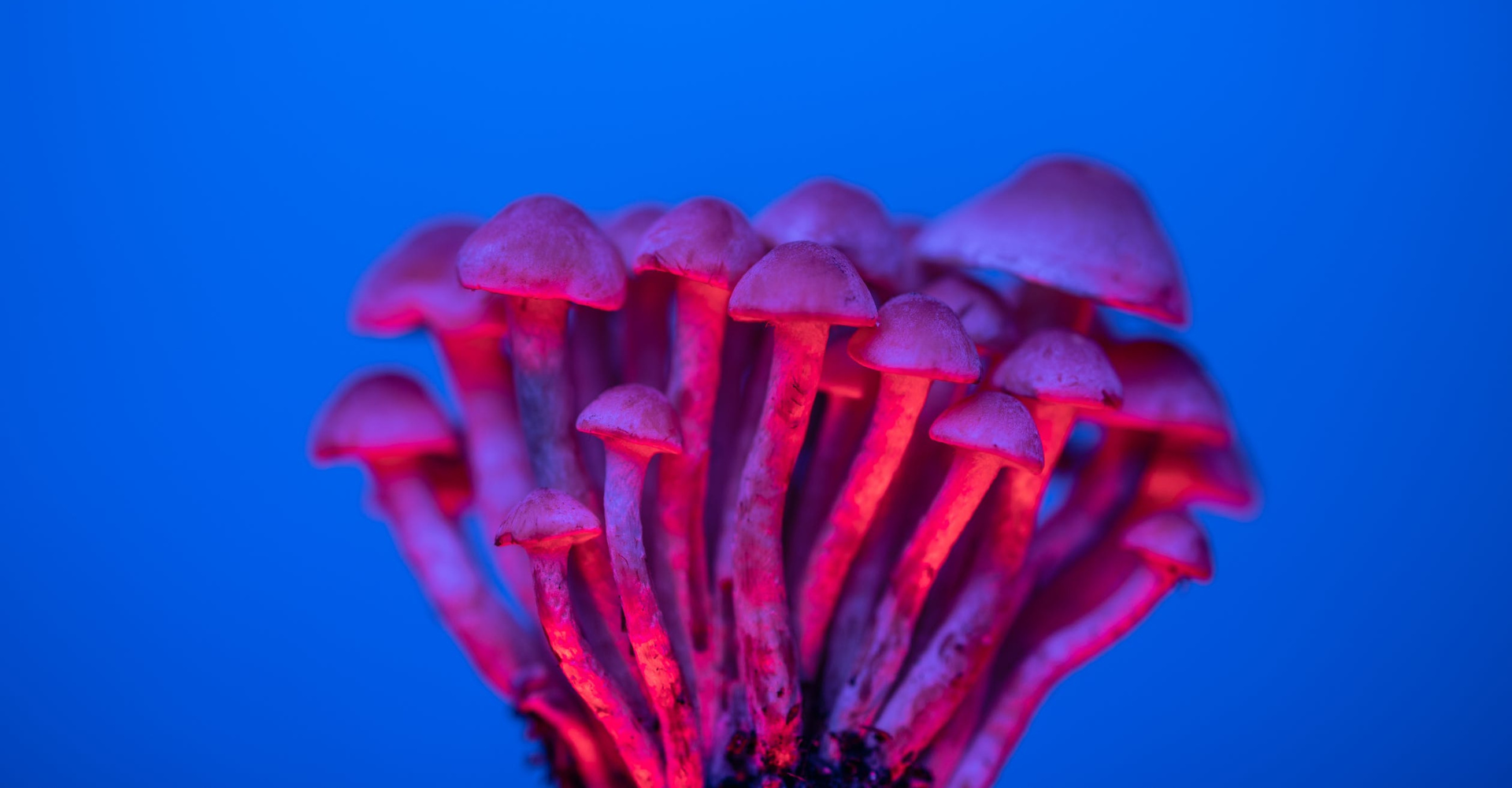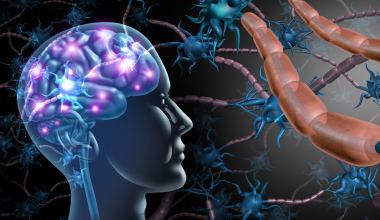Although still presumably illegal in Canada, psilocybin (also known colloquially to many as “magic mushrooms”) are slowly growing in popularity. They are finding their way into homes and social media accounts across Canada as a focus hack or a method of stress relief by way of micro dosing.
Micro dosing is defined by Harvard Medical School as “taking a fraction of a regular dose … that is much lower than one would take if one wanted to “trip” or hallucinate on these substances.”
Taking any amount of psilocybin without government approval, and not in an approved setting where trained therapists are present, is considered illegal. The mushroom shops that have begun to pop up around the country are illegal, too.

Micro dosing is an unapproved method of self-medicating and is not recognized by the medical community as a way for people to improve their mental health.
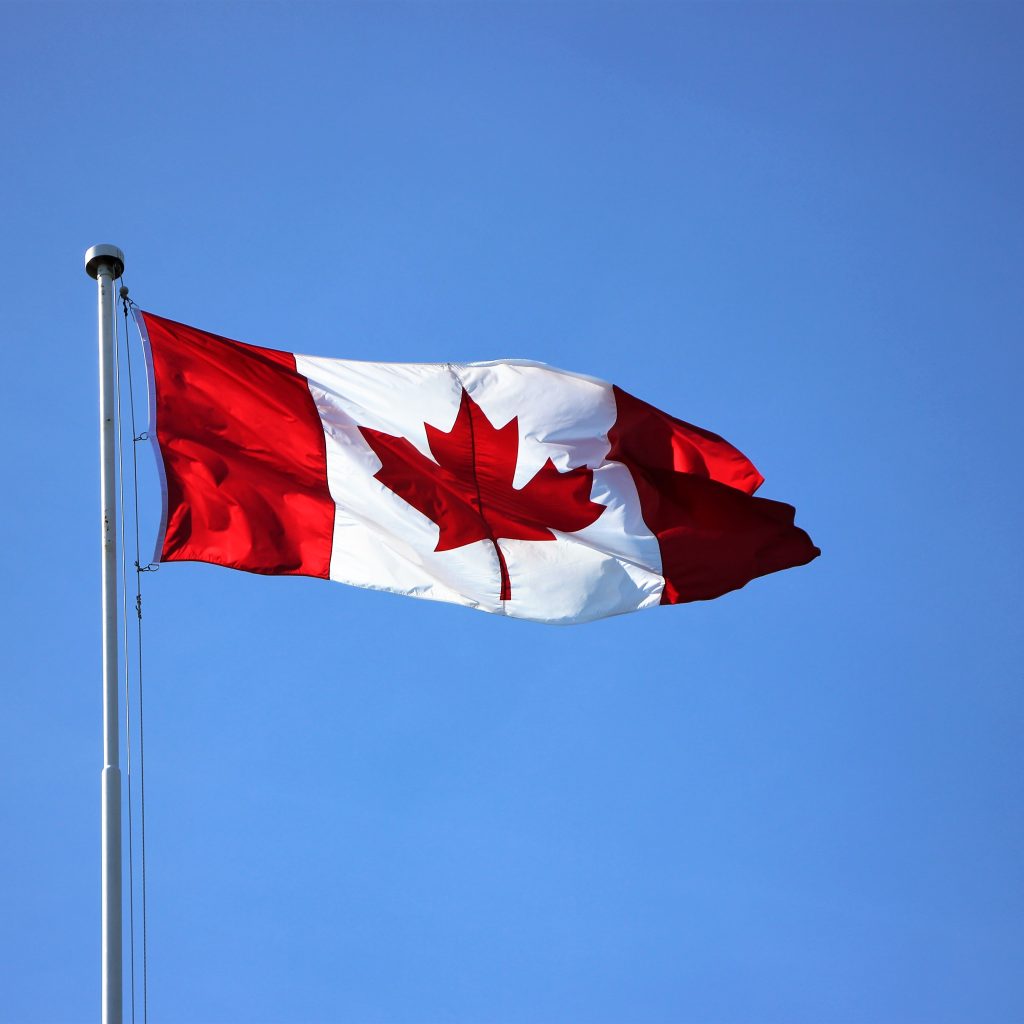
But psilocybin, the active ingredient in “shrooms”, has been approved by the Government of Canada for clinical trials testing the efficacy of psychedelics for treatment for certain mental illnesses.
Psychedelic-assisted therapy is not a new idea. “Psychedelics are a class of psychoactive substances that were studied extensively between 1943 and 1970 as potential therapies for treating a host of mental health disorders, including addiction. Despite promising early results, U.S. psychedelic research was halted in the early 1970s with the enactment of the Controlled Substances Act,” according to the American Journal of Nursing.
Today, trials are mainly focusing on people with substance abuse disorders, treatment resistant depression or end-of-life anxiety, the intense dread that people feel when they are told they don’t have much time left.
Ketamine-assisted therapy is another form of psychedelic treatment. Already legal in a clinical setting, there are medically-supervised clinics around Canada that offer this option to their clients.
According to Harvard Medical School, ketamine is classified as a dissociative psychedelic drug.
Ketamine can also be used as a form of general anesthesia in surgery or for acute pain relief, according to the Canadian Medical Association Journal.
Psilocybin and ketamine-assisted therapy are similar but are often used to treat different mental illnesses. According to Field Trip Health, a ketamine-assisted therapy clinic in Canada, ketamine can be used for mild to severe depression, (c)PTSD, anxiety, and trauma.
How Psychedelics Work
Heidi FitzGerald, a clinical psychologist, works in the area of psychedelic-assisted therapy in New Brunswick. Fitzgerald started her career in ketamine-assisted therapy after several years working with trauma patients.

Until that time, she had studied different kinds of treatments including medications and therapies. While they helped patients overcome symptoms of their mental illness, she said she “always thought there could be more.”
“Psychedelic medicines can create an opportunity for changes that are a little bit of a leap ahead of the slow, steady changes that come with other therapeutic methods,” explains FitzGerald.
Neuroplasticity is the term used to describe the degree to which we can adapt, change and grow new neural networks. Kids have the greatest potential for this, which is why they’re able to learn so many new things so quickly. As adults, we lose much of that ability.
Studies have shown that psychedelics can presumably temporarily create more opportunity for neuroplasticity within our brains. Following their delivery to the patient, the therapist can help associate meaning and plan out positive life changes with the patient based on what they learned about themselves on their “trip”.
Dr. Joshua Rosenblat is a staff psychiatrist and clinician-researcher at the Mood Disorders Psychopharmacology Unit at Toronto Western Hospital. He started his journey in psilocybin-assisted therapy through conversations with his patients who weren’t getting better, sometimes after trying their 12th brand of antidepressant.
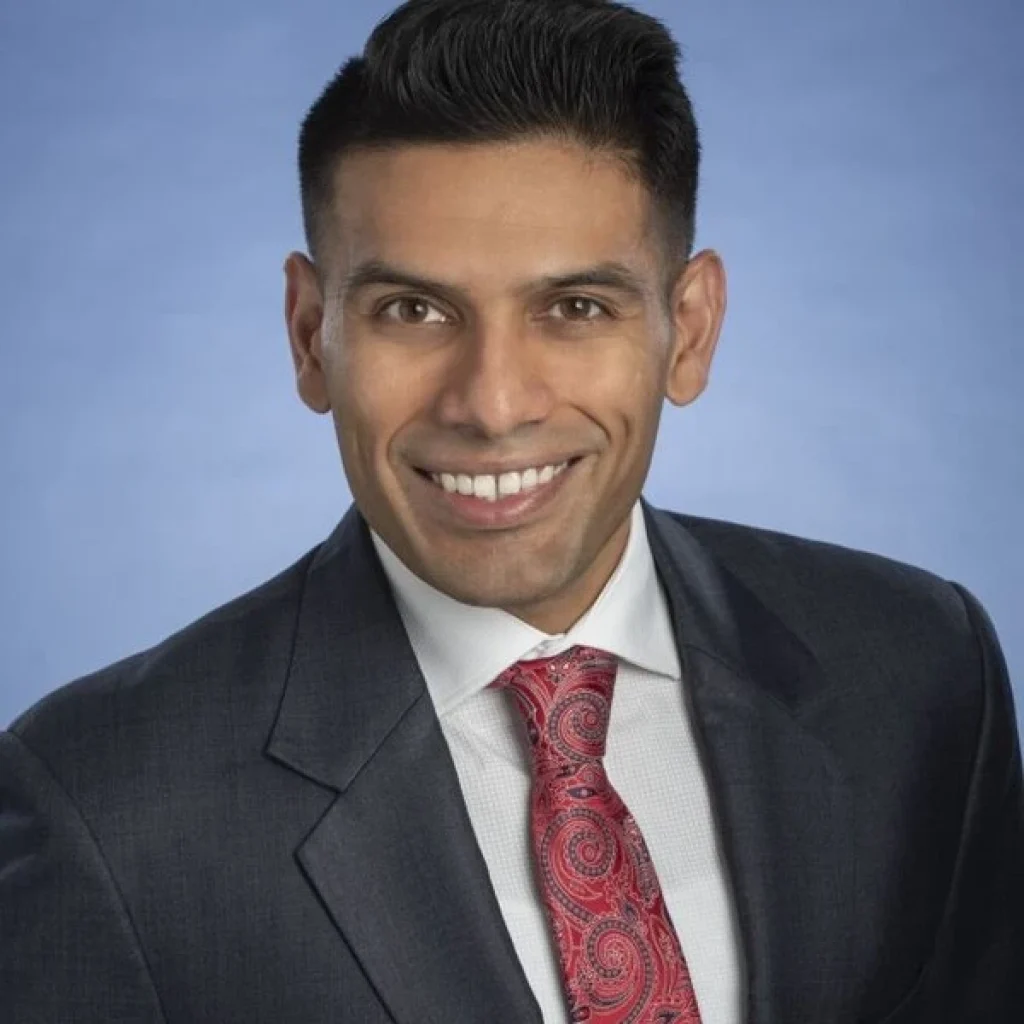
“Often there might be defences in there that’s preventing you from acknowledging certain important things in your life that you need to look at. By bringing down those walls, it really allows you to access that a bit more easily and process it in a helpful way,” he said.
Rosenblat described the psilocybin-assisted therapy process in three steps: preparation, dosing day, and integration. FitzGerald described ketamine-assisted therapy with the same three step layout but with a few differences in application.
Preparation
Rosenblat said patients will work with one or two therapists and learn about what they should expect from the treatment and what the drug will feel like. Essentially, he creates a positive mindset around the drug.
He said it’s very important to create realistic expectations and intentions before starting on the dose, such as minimizing the desire to attempt suicide or letting go of trauma from their childhood.
FitzGerald described the preparation process for ketamine-assisted therapy in much the same way.
Dosing Day
Rosenblat said two therapists are required to be present to support the patient through their “trip” on psilocybin. One of the two must be a physician to ensure the patient’s physical health and safety throughout and immediately after the session. The psilocybin is typically administered as an oral treatment in capsule or powder form.
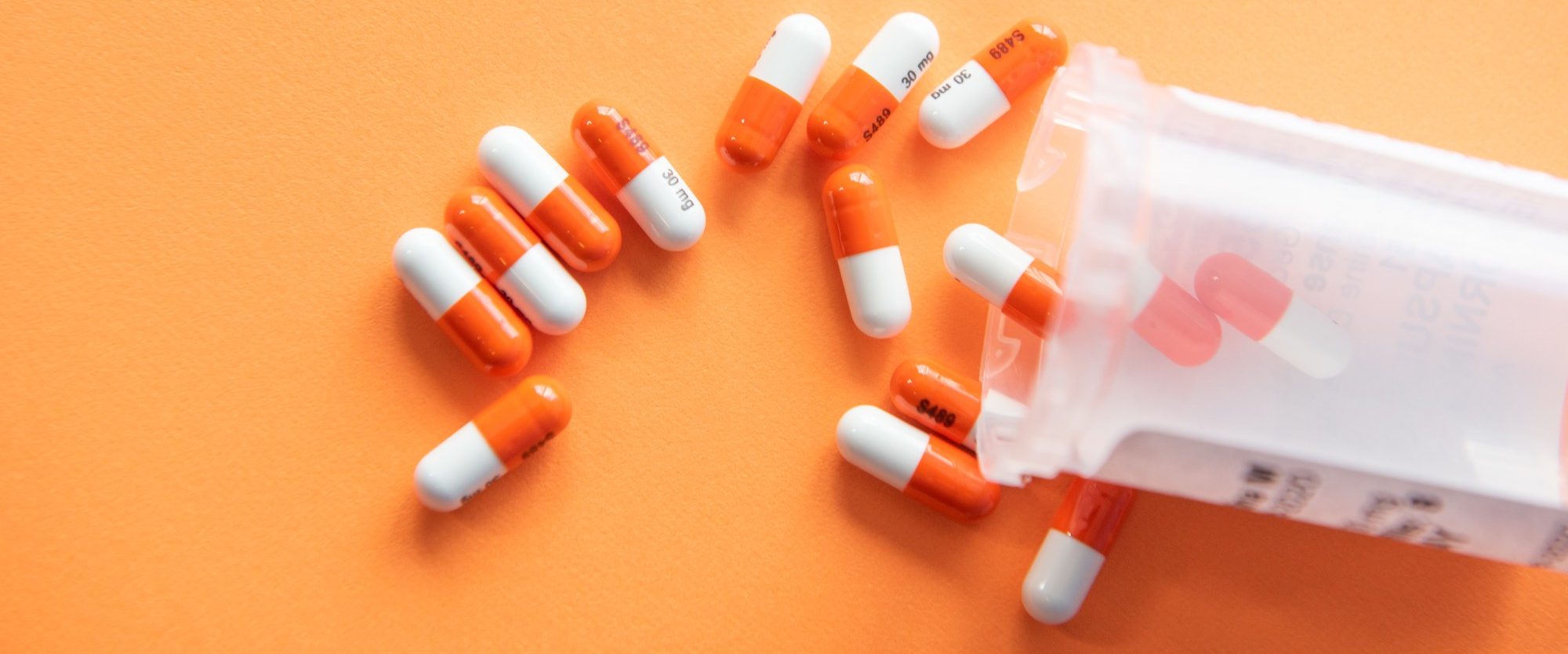
Rosenblat said that there is a misconception that the therapists are there to provide psychotherapy during the trip. Actually, they are there in case of negative reactions to the drug.
For this treatment, he said the therapists want the patient to focus inward on their experience rather than focusing outward on listening to another person. Their goal is not to lead your trip, just keep you safe.
The therapists can help reground patients and get them back into a positive mindset if they’re having a bad experience. They also have medication on hand that can stop the “trip” if necessary, but Rosenblat said he hasn’t needed to use it yet.
A “trip” on psilocybin will typically last six to eight hours. Rosenblat said at the end, the physician will check in with the patient to make sure they are stable and ready to go home.
With ketamine, “trips” typically last between 30-60 minutes, so they require much less of your day. Patients are still advised to take it easy after treatment and need to be examined and cleared before leaving the clinic, according to FitzGerald.
Integration
Rosenblat continued that patients will usually come in the next day to retell their experience on psilocybin. It can be difficult to translate the experience into words, so therapists are there to help.
Figuring out how to remember and retell the experience is important to making continual progress based on the trip – up to months or even a year later.
Once they can put it into words, patients come back for more work with the therapists, this time to reflect on how they feel and any changes they want to make in their life going forwards.
Rosenblat said one of the most common changes seen with psychedelic-assisted therapy is that the patient will want to return to talk therapy, presumably to explore more of what in newly uncovered.
Long Term
Most clinical trials only offer one or two doses of psilocybin, although occasionally they can offer up to three. The trial Rosenblat is conducting has been approved for up to three doses over six months.
Rosenblat said it is very unlikely that psilocybin-assisted therapy will provide a cure for mental illness, but it offers a new avenue for people who are severely struggling. Especially when other options have failed.
It is difficult to get approved for psilocybin-assisted therapy, and the approval process can take a long time. Furthermore, being approved in the past does not guarantee future approval, according to Rosenblat. If symptoms relapse after receiving the initial approved number of doses, patients may not be able to access further psilocybin-based treatment.
Ketamine-assisted therapy, on the other hand, is more easily accessible. Patients are currently able to get approved for as many rounds of treatment as needed, according to FitzGerald. The therapist will talk to the client to ensure another round is the best course of action.
Options for Approval
Health Canada is currently offering three routes for approval to start psilocybin-assisted therapy. They provide the following information:
- Clinical trials
Health Canada describes this as a critical step in learning about the benefits and downfalls of the drug. They cite this as the best way to get psilocybin- assisted therapy approved for public use.

- Special access program
Health Canada says a doctor needs to apply for this option on behalf of the patient. They will need to provide enough evidence that psilocybin will work for their patient and that other routes have not been successful. There is no guarantee that the application will be approved.
- Individual subsection 56(1) exemptions from the CDSA
Health Canada outlines this as a last resort. The website says that they will not accept applicants that have not first shown that every other legal means of accessing this therapy has been taken. Applications should include a letter from a medical practitioner with the relevant information.
Cost
Rosenblat said psilocybin-assisted therapy clinical trials in Canada are free to participants and in some trials, participants are paid. Getting approval for these can be difficult. There are very strict criteria that first need to be met.
Rosenblat said most people who are seeking psilocybin as a treatment option don’t qualify because they have tried too many antidepressants in the past.
The special access program route can be costly, according to Rosenblat. Clinics offering this option will usually charge the therapists normal rate, which can be around $200/hour. He continued that depending on the clinic, patients may be required to pay for the psychedelic drug as well.
Considering that Rosenblat outlined psilocybin-assisted therapy as requiring approximately two hours of preparation, eight hours for the “trip”, and four hours for retelling and reflection, the costs add up. And since two professionals must be present for the duration of the “trip”, that portion of the cost doubles.

This means that one round of treatment can cost upwards of $4,000. Rosenblat also said that patients in the clinical trials often require two rounds of treatment, which doubles the cost again.
Because a trip on ketamine is shorter and, according to FitzGerald, not as many professionals need to be physically present during that time, ketamine-assisted therapy is currently a more cost-effective option.
Ketamine vs Psilocybin
In summary, studies are pointing towards psilocybin-assisted therapy being an effective option. But it is hard to come by legally, it is more expensive, and requires larger chunks of time. On the other hand, ketamine-assisted therapy is already an effective and legal option but may not be the right fit for everyone.
Most clinics providing psychedelic-assisted therapy will not take new patients without a referral and psilocybin has a difficult approval process. Talking to your doctor is an important first step in figuring out if psychedelic-assisted therapy is right for you.
The Future of Psychedelic-Assisted Therapy
Gilad Yohananov, a former researcher at Field Trip Health, is currently studying mycology (the study and science of fungi) at The University of Toronto.
Yohananov believes that psilocybin in its current form is not a very accessible option due to the time commitment involved. Because a single treatment lasts several hours, “it limits it’s usage to times when [the patient is] not doing anything”.
Patients taking antidepressants can drive their cars, go to work, and in general, participate in their days to a degree that people tripping on psilocybin for seven hours cannot.
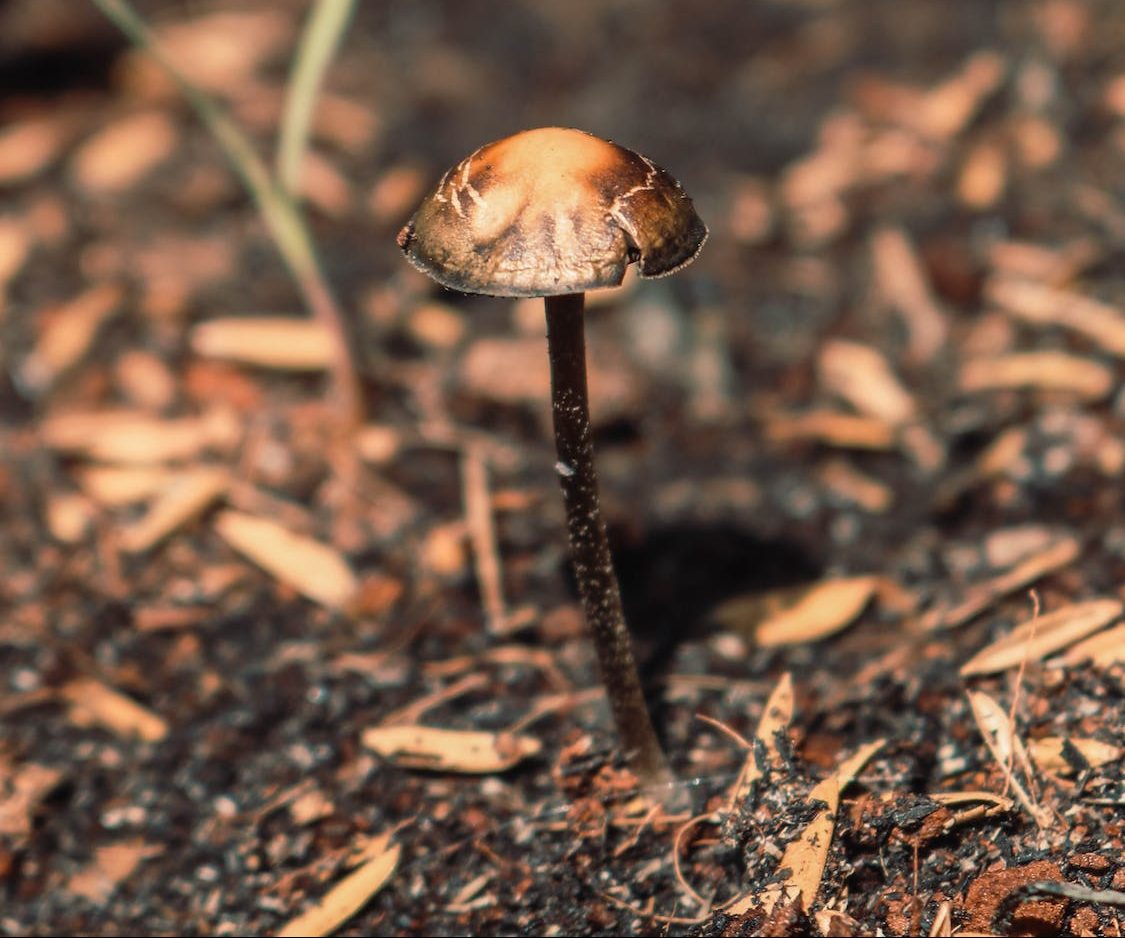
For a more accessible option, he explained that researchers may need to figure out how to decrease the half-life of the drug, making it wear off quicker.
Studies conflict on whether the “trip” is essential to experiencing the mental health benefits of the drug. Further research still needs to be conducted in this area.
Yohananov highlighted one main difference between psilocybin and ketamine-assisted therapy: Since they are different drugs, they react differently with the serotonin receptors in the brain which they are targeting. “[They] all elicit different states of mind.”
It’s important to think about what the goal is for psychedelic-assisted therapy and discuss it with your doctor to know if it’s the right option.
Yohananov also suggested that future research may benefit from revisiting drugs that have not shown trends of abuse and have yielded hints of mental health benefits.
If these drugs turn out to be viable options, he said it could broaden the scope of help available for people in need and provide options for patients with different resources or preferences.
Although Field Trip Health closed their clinic in New Brunswick, FitzGerald said she is currently working with a group of colleagues to open another clinic that understands the rural province and its needs. This will offer an option for people in the province to access psychedelic-assisted therapy which had been previously available to them.
The information provided on TheHealthInsider.ca is for educational purposes only and does not substitute for professional medical advice. TheHealthInsider.ca advises consulting a medical professional or healthcare provider when seeking medical advice, diagnoses, or treatment.
The information provided on TheHealthInsider.ca is for educational purposes only and does not substitute for professional medical advice. TheHealthInsider.ca advises consulting a medical professional or healthcare provider when seeking medical advice, diagnoses, or treatment.

